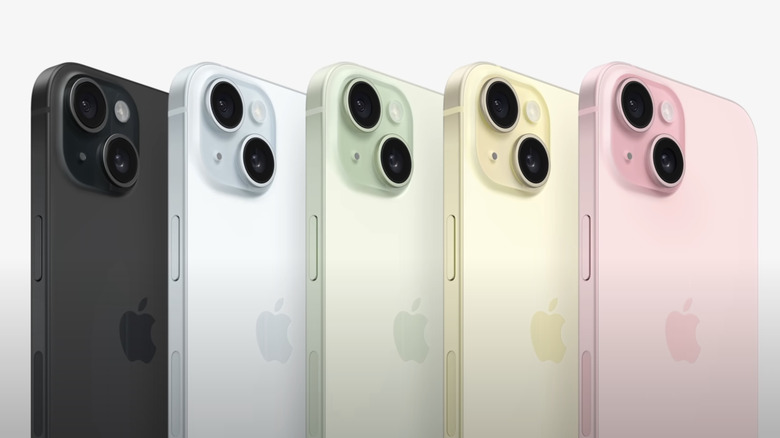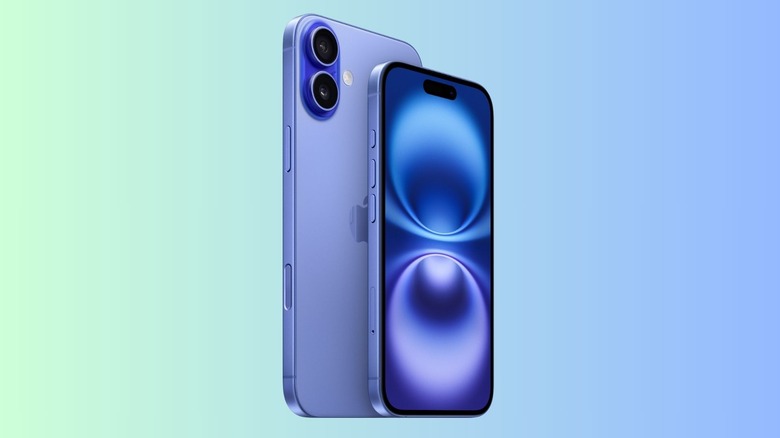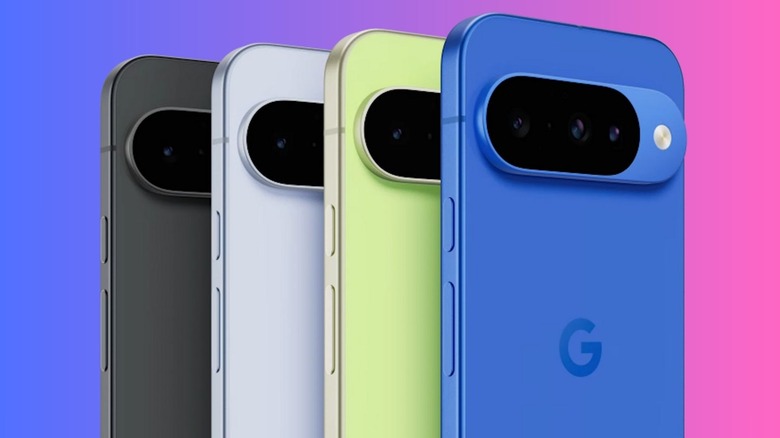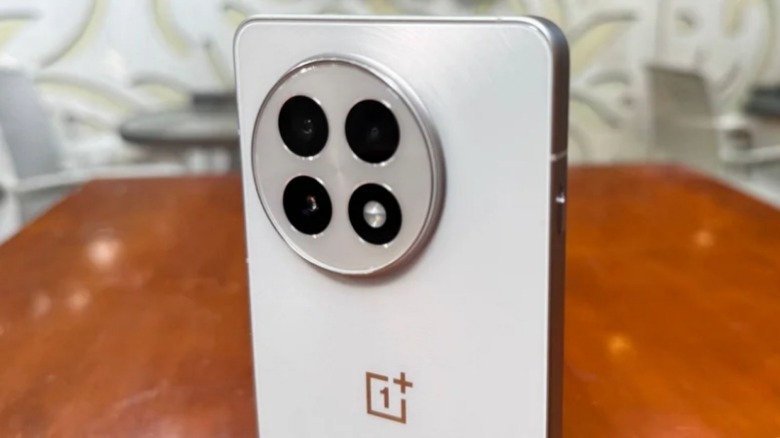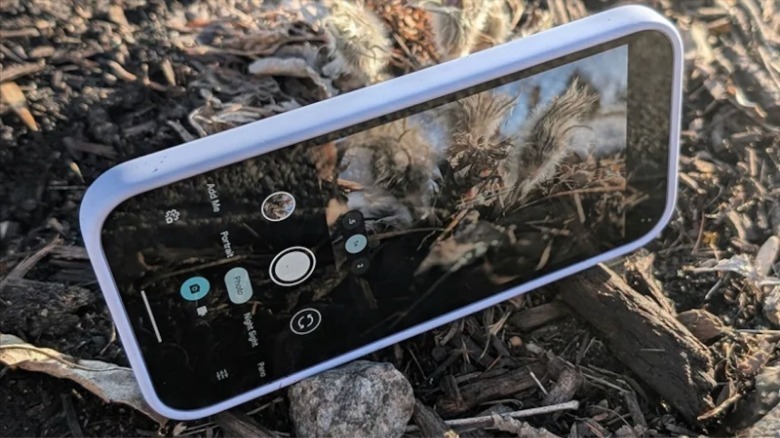Yes, Apple Discontinued The iPhone 15 - Here's What Users Say To Get Instead
Now that the latest Apple devices in the iPhone 17 series have hit the shelves, a few older models have been customarily discontinued. This Fall season, the axe has fallen on the iPhone 15 and its Plus variant. These two marked the shift to a new front-glass design sporting the Dynamic Island and a large 48-megapixel rear camera for the most affordable mainline model. And now that they've been discontinued, many are trying to find the next best alternative. Well, there are plenty of options out there in the same price bracket.
We are listing a few alternatives for the iPhone 15 (and its Plus variant) based on our hands-on time with the listed devices and extensive testing in accordance with rigorous review protocols. At SlashGear, we tested all the devices listed below by pushing them as a daily driver. The performance analysis is done qualitatively by pushing graphics-intensive mobile games, while the quantitative assessment is done by running a suite of benchmarks such as Geekbench, GFXBench, and 3DMark in stress test mode.
Additionally, the camera performance is analyzed standalone as well as in comparison with other phones in the same bracket, focusing on the strengths and weaknesses of each device. As far as the battery goes, the figures are obtained based on raw screen time output after pushing the full suite of communication, streaming, and productivity apps installed on the phones, without forcing any cutbacks such as low-power mode. After in-depth analysis of the aforementioned aspects, alongside a few more granular factors and recommendations from users on public forums such as Reddit, we shortlisted the best iPhone 15 replacements..
iPhone 17 and iPhone 16
The iPhone 17, which costs $800, is a rather odd choice because it fills the gap between the iPhone 15 ($799) and the iPhone 15 Plus ($899) in more ways than one. It features a 6.3-inch display, a bump from the 6.1-inch panel on the iPhone 15, and is a tad smaller than the 6.7-inch screen on the Plus variant. And yet, it is claimed to last 30 hours of video playback on a single charge, which is 33% higher than the iPhone 15 and several extra hours compared to the iPhone 15 Plus. Charging speeds have also been improved, thanks to support for 40W charging, which is just double of what the iPhone 15 pair can accomplish.
Another notable benefit you get on the iPhone 17 is the 120Hz ProMotion display, with a stronger Ceramic Shield 2 layer on the front, which offers three times higher scratch resistance. Apple has also upgraded the ultrawide-angle camera to a 48-megapixel sensor, and the front camera also gets a new 18-megapixel Center Stage camera that is noticeably better (and more intelligent) at selfie and video capture with a wider capture view. On the software side, the iPhone 17 also brings Apple Intelligence to the table, something the iPhone 15 pair missed out on.
Another solid alternative to the iPhone 15 pair is the iPhone 16 duo, which is still available from the Apple Store, rocking the same fundamental design. The key upgrades include Apple Intelligence, a dedicated Camera Control button, support for Macro capture and Spatial Photos, Audio Mixing for videos, and faster MagSafe (22W vs 15W) charging. The best part about picking the iPhone 16 is that you can now get it for $100 lower than what you would pay for the iPhone 15 in its launch year.
The best picks from the Android world
The latest Android rival to the iPhone 15, and arguably the most rewarding one, is the Google Pixel 10. Starting at $799, this one offers a versatile triple-camera hardware with a dedicated telephoto zoom camera for long-range capture. Just like MagSafe on iPhones, the Pixel 10 offers support for magnetic wireless charging (aka PixelSnap) and more storage (read: 256GB) on the baseline model. The Tensor G5 processor is fairly reliable and enables on-device AI experiences that are far ahead of what you get on iPhones. The camera output is fantastic, and you are also guaranteed software updates for the next seven years.
If you're looking at a solid device and also want to save some money while at it, the OnePlus 13R is a fantastic option. Starting at just $600, this one offers a lovely high-refresh-rate OLED panel, flagship-grade performance, a versatile triple camera array, and a large battery that supports blazing-fast 80W wired charging. We're also fans of OxygenOS 15, but you will have to live without wireless charging on this one.
On a similar note, if the budget is tight, the Google Pixel 9a is a great choice. It offers a performant process, excellent cameras, and a clean Android experience with plenty of AI tracks and a long-term update commitment to go with it. All of that, for just $500. Starting at $650, the Samsung Galaxy S25 FE blends a clean industrial design with a versatile camera hardware, reliable performance, feature-loaded One UI software with on-device AI tricks, a vivid 120Hz OLED display, and reliable battery life.
